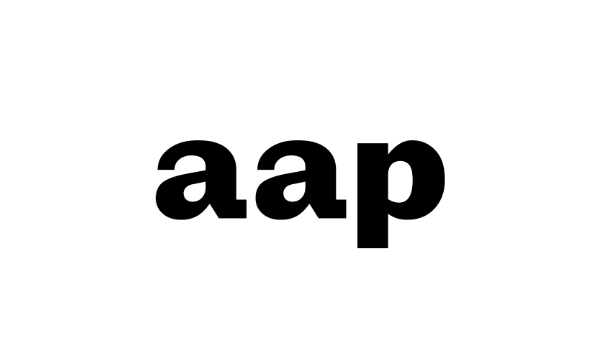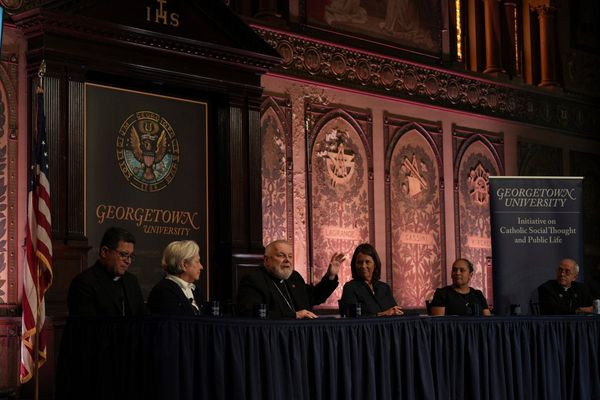
People are rushing into I bonds so fast that the only place you can buy them, the government’s TreasuryDirect web site, crashed.
The reason why investors are flocking to the site is that Oct. 28 is the last day that those buying I bonds, which are U.S. savings bonds, can get a 9.62% interest rate. The rate is expected to drop to 6.47% Nov. 1.
It’s actually a little silly to sprint for the higher rate. The maximum amount of bonds you can buy is $10,000, and the 9.62% interest rate will last for only six months. It gets adjusted every May and November to reflect recent inflation.
For a $10,000 bond with a 9.62% interest rate, you would earn $481 for six months. For that size bond with a 6.47% interest rate, you would earn $324.
An Extra $157
So putting yourself out to get the higher rate would earn you an additional $157. We’d all enjoy an extra $157, but it’s unlikely to change anyone’s lifestyle.
I believe in I bonds, buying them this year and last. But recall that their fixed interest rate is zero. The yield comes from the floating rate that is determined by inflation. Odds are that inflation will gradually subside, pushing yields down for I bonds.
The yields will likely come down close to regular Treasury yields and maybe below. The I bonds still probably make sense. You can sell them after holding for a year and get your full principal back.
But if you sell them before holding for five years, you lose your last three months of interest payments. That’s ok, because you wouldn’t sell them unless the interest payments were low in any case.
Treasury Bonds
Of course, there’s nothing wrong with just purchasing regular Treasury bonds at this point. You can buy a one-year Treasury bond yielding 4.54%. That short maturity gives you more flexibility than an I bond, though of course the yield is currently lower.
If you’re looking for longer maturities and higher yields, you might consider brokered certificates of deposit (CDs), which are available on the platforms of major securities brokerages like Fidelity Investments and Charles Schwab. A five-year Morgan Stanley CD recently yielded 5%.
You also might look at investment-grade corporate bonds. A five-year A-rated Citigroup bond recently yielded 6%.
Even putting your money in cash offers a decent return. Plenty of money-market funds yield 3% or more. And with the Federal Reserve expected to raise interest rates by 0.75% Nov. 2, those yields should go up.







